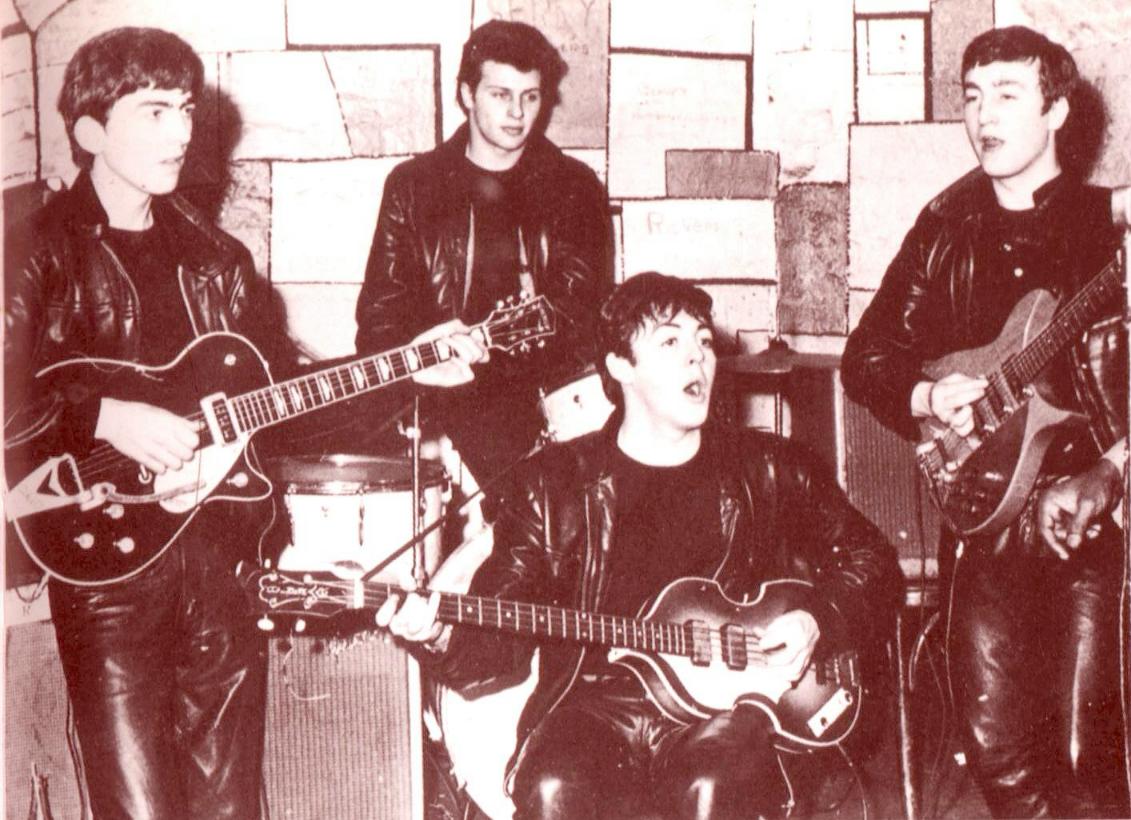I have always enjoyed the aesthetic of music scores. Whether we go back to the earliest notating of neumes to a modern Stockhausen score something about music on paper is exciting to me. Why? Because it is dormant. It is not music in itself. But it represents music that could be.
Scores have no meaning unless performed. But how is it to be performed? A good score gives you just enough information to recreate the work the composer had in mind and leaves some freedom for the performer to interpret.
Ancient scores are particularly intriguing. For me, the mystery is that we have no clue as to what this music sounded like. The notation system itself is cryptic and undeciphered. Figure 1 below is an ancient Sumerian score that seems completely foreign. The Western notation below it is an attempt to recreate how this music may have been performed in 3400 B.C.

Music historians identify the above as the oldest song that has been preserved to this day. It was a hymn for a Sumerian religious cult. Professor Anne Kilmer has attempted to decipher this music and makes a surprising discovery. Polyphony may have been present in ancient cultures!
From the Chicago Tribunem "To a Western ear, the tonal sounds are very familiar. The notes are equivalent to a Western-style major "Do-Re-Mi" scale, which brings into question the theory of such a scale being only as old as the Ancient Greeks of 2000 years ago. Professor Kilmer’s interpretation of the song, made in 1972, even includes a form of harmony, two or more notes played at the same time, which was previously thought to be non-existent altogether in ancient music."
Take a listen to Kilmer's interpretation.
The German immigrant Conrad Beissel created a community of celibate religious men and women that made their home in the Ephrata Cloister in Lancaster County, Pennsylvania in the 18th century. They lived a strict ascetic life. They slept for six hours a night which has broken by two hours of wakefulness to watch for the coming of Christ. They were required to sleep on wooden benches with a wood block for a pillow.They ate one small vegetarian meal a day. Despite the tough life, music was one of the pleasures of the community.
Musically, it is very interesting to see what this group developed. In 1747, the community printed the Turtle Dove hymn book. In this book, Beissel explains his theories of music composition. In a sense it was the first American music theory textbook. However, his theory was very unique and deviated from common harmony practice at the time. Beissel also developed a unique shape-note system which you can see illustrated below. It is different from the system common in New England in this time period.
I actually live only a mile from the cloister. If you are in Lancaster County, I recommend taking the tour. You will be able to see some of these scores in person. They are much larger than these images imply. The text and notation are expertly crafted and the plates are quite beautiful.

Some scores have graphical aspects that are only for the eyes of the performer. This "eye music" (augenmusik) started to become popular during the Renaissance. Some examples of ascetically interesting (if not entirely functional) scores from this period:
"Belle, bonne, sage" by Baude Cordier (15th century).

"Circular Canon" by Baude Cordier (15th century).

In a future post, let's see what some modern composers do with the score. This it where it gets really interesting.










